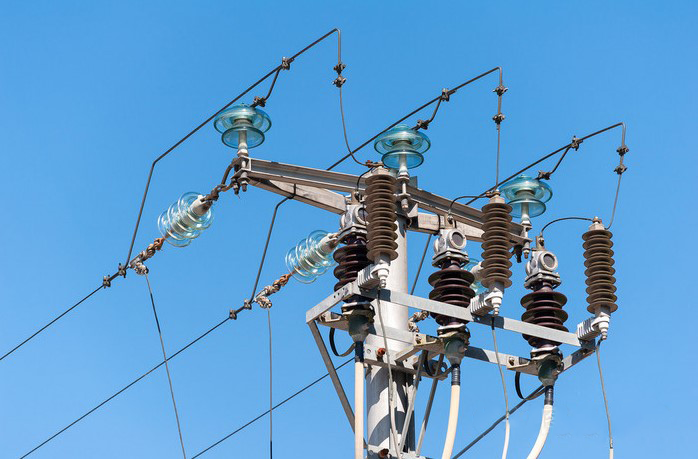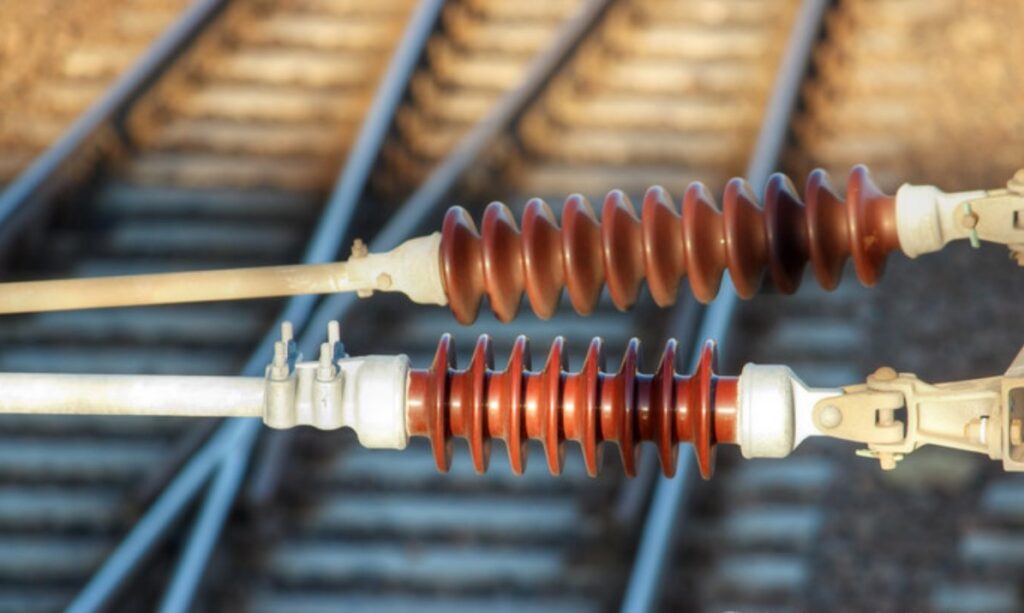Understanding Insulators and Conductors
An insulator does not conduct electricity.
Common insulators are rubber and glass.
A conductor allows electricity to flow.
Common conductors include metals like copper and aluminum.
The Rubbing Process
When an insulator is rubbed with a conductor, friction occurs.
Friction happens when two different materials touch.
This contact generates heat and energy.
Charge Transfer
During rubbing, electrons move from the conductor to the insulator.
The insulator gains negative charge.
The conductor loses some negative charge.
Static Electricity Creation
This process creates static electricity.
The insulator now has an electric charge.
The charged insulator can attract small objects.
Effects of the Charge
The charged insulator can attract bits of paper or dust.
You can feel a shock when touching a conductor after rubbing.
This is a result of the static charge.
Everyday Examples
You can see this effect when rubbing a balloon on your hair.
The balloon can stick to walls or attract hair.
This is due to the static electricity created.
Conclusion
When an insulator is rubbed with a conductor, charge is transferred.
This creates static electricity.
Understanding this phenomenon is important in science.



